How is the ACT Test Scored?
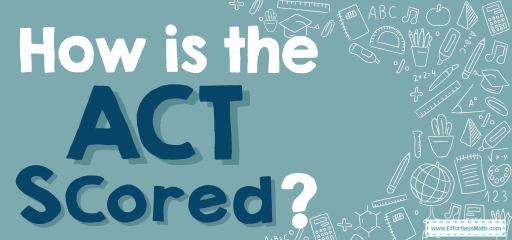
If you are just starting to study for the ACT, you are probably wondering how the ACT is scored. Understanding the ACT scoring system can make a big difference in setting goals and creating a study plan.
So how does ACT score work? The ACT includes four sections, sometimes referred to as subjects: English, math, reading, and science. Each subject area is given a scaled score between 1 and 36. Then these area scores average your composite score, which is between 1 and 36.
Where do these scaled scores come from? Scores from 1 to 36 are converted from your raw scores in each of the subject areas. Your raw score is simply the total number of questions you answer correctly in each section. There is no deduction or penalty for incorrect answers in the ACT.
How are raw ACT scores converted to scaled scores?
The first thing you need to understand about ACT scores is that the score you get for each of the subject areas, between 1 and 36, is a scaled score. This scaled score is converted from your raw score. The reason ACT (as well as other standardized tests) uses scaled scores is to ensure that their scores are consistent across multiple test dates.
Scaling your score curve is not relative to the scores of other students who took the same day of the test. What scaling does is analyze the average scores for each version of the ACT to ensure that no test date is easier or harder than the other.
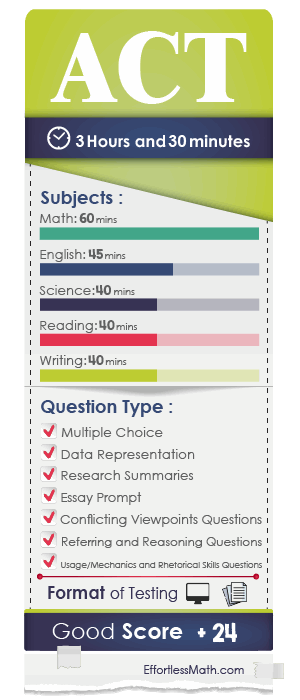
The Absolute Best Book to Ace the ACT Math Test
How is my composite ACT score computed?
As a reminder, we know that for each subject you get between 1 and 36 points, which is converted from your raw score. But how do these four area scores combine with your final composite score?
Your combined score is the average of your four area scores, which is rounded to the nearest whole number (half a point or more is rounded up, less than half a point is rounded down).
What are the ACT sub-scores?
In addition to the main composite score and the four subject area scores, ACT also gives you sub-scores in three of the four subject areas. English, math, and reading all have subscores that give you more information about the strengths and weaknesses of each topic.
Sub-scores range from 1 to 18 and are also scaled from your raw score. However, there is no direct relationship between the Sub-scores and your final scoring score. Your sub-score gives you more information about your performance and where you might want to improve.
To help with this process, we want to break down every part of the ACT.
Best ACT Math Prep Resource for 2021
ACT section breakdown
In this section, you will learn how many raw points are possible in each section of the ACT, what sub-points are and how points are calculated.
1- Math:
The ACT math section has a total of 60 questions, which means the highest possible raw score is 60. Six major areas have been tested in ACT mathematics: Intermediate Algebra ( 9-12 questions), Elementary Algebra (9-12 questions), Pre-Algebra (12-15 questions), Plane Geometry (12-15 questions), Coordinate Geometry (9-12 questions), and Trigonometry (3-6 questions).
Say you have 45 correct questions, 12 wrong questions, and 3 blank questions. Your raw score will be 45, which ACT estimates are 27.
2- English:
The English section of ACT contains 75 multiple choice questions, which means the highest raw score you can get is 75. Sub-scores in English for Usage / Mechanics (40 questions) and Rhetorical Skills (35 questions).
For example, say you answered 55 questions correctly in the English section, make 15 mistakes, and leave 5 blanks. Your initial score will be 55, which means all the questions you received correctly. Therefore, we can estimate that the raw score of 55 would get a scaled score of 23.
3- Reading:
The reading section has a total of 40 questions, so your highest raw score here is 40. Sub-scores are offered for Social Studies/Natural Sciences reading skills (20 questions) and Arts/Literature reading skills (20 questions).
4- Science:
The science section has a total of 40 questions, like the reading section, so the highest raw score here is 40. This is the only ACT section that does not have sub-scores, although it still has three distinct types of questions: data representation, research summaries, and conflicting viewpoints.
College Entrance Tests
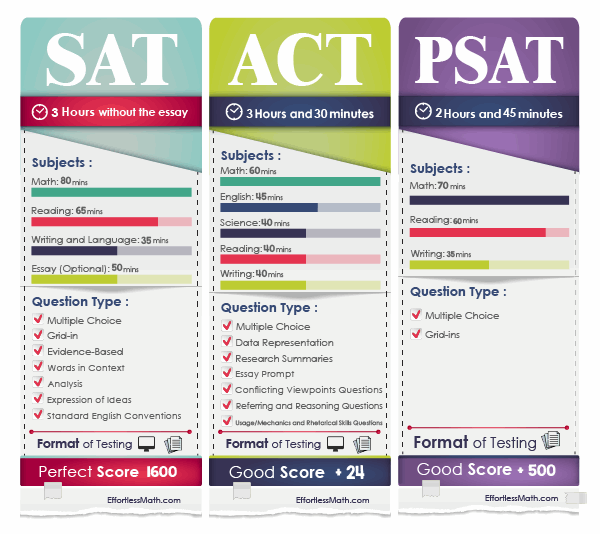
Best ACT Math Prep Resource for 2021
The Best Books to Ace the ACT Math Test
More from Effortless Math …
Are you looking for a FREE ACT Math course to help you prepare for your test?
Check out our Ultimate ACT Math Course.
Need Math worksheets to help you measure your exam readiness for your upcoming ACT test?
Have a look at our comprehensive ACT Math Worksheets to help you practice and prepare for the ACT Math test.
Want to review the most common ACT Math formula?
Here is our complete list of ACT Math formulas.
Looking for FREE ACT Math websites to find free online resources?
Here is our complete list of Top 10 Free Websites for ACT Math Preparation.
Need a practice test to help you improve your ACT Math score?
Have a look at our Full-Length ACT Math Practice Test and Free ACT Math Practice Test.
Do you know the key differences between SAT Math and ACT Math?
Find your answer here: SAT Math vs. ACT Math: the key differences.
The Perfect Prep Books for the ACT Math Test
Have any questions about the ACT Test?
Write your questions about the ACT or any other topics below and we’ll reply!
Related to This Article
More math articles
- Top 10 3rd Grade FSA Math Practice Questions
- 5th Grade PARCC Math Worksheets: FREE & Printable
- How to Solve Real-Life Puzzles: Word Problems on Adding and Subtracting Fractions with Like Denominators
- How to Identify Relations and Functions? (+FREE Worksheet!)
- 6th Grade WVGSA Math Worksheets: FREE & Printable
- What Kind of Math Learner Is Your Child?
- FREE SIFT Math Practice Test
- ASVAB Arithmetic and Mathematics Preview
- 6th Grade MAP Math Worksheets: FREE & Printable
- Best Back-to-School Math Apps for Students
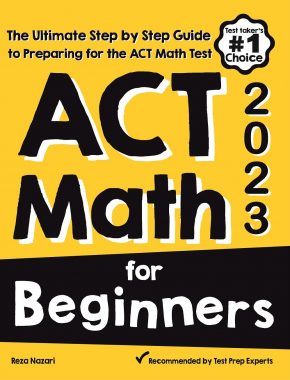
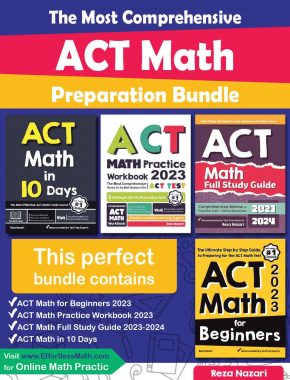
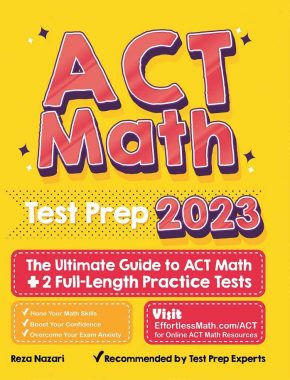
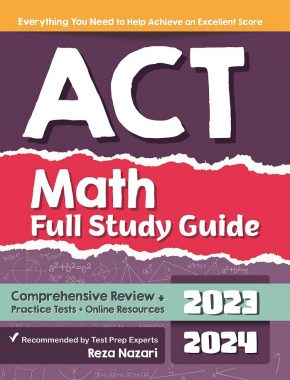
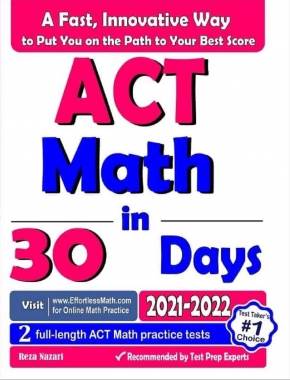
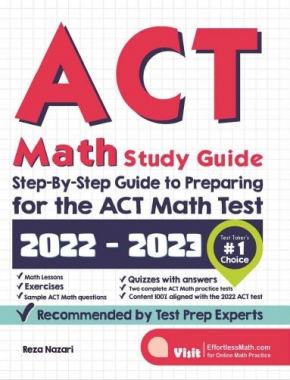
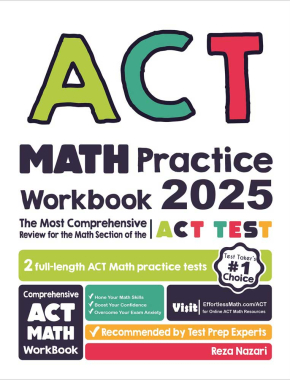
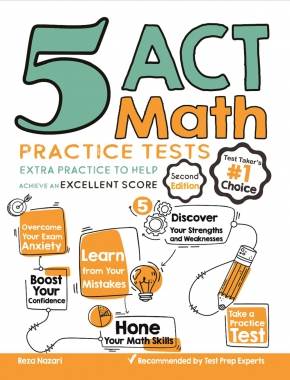










What people say about "How is the ACT Test Scored? - Effortless Math: We Help Students Learn to LOVE Mathematics"?
No one replied yet.